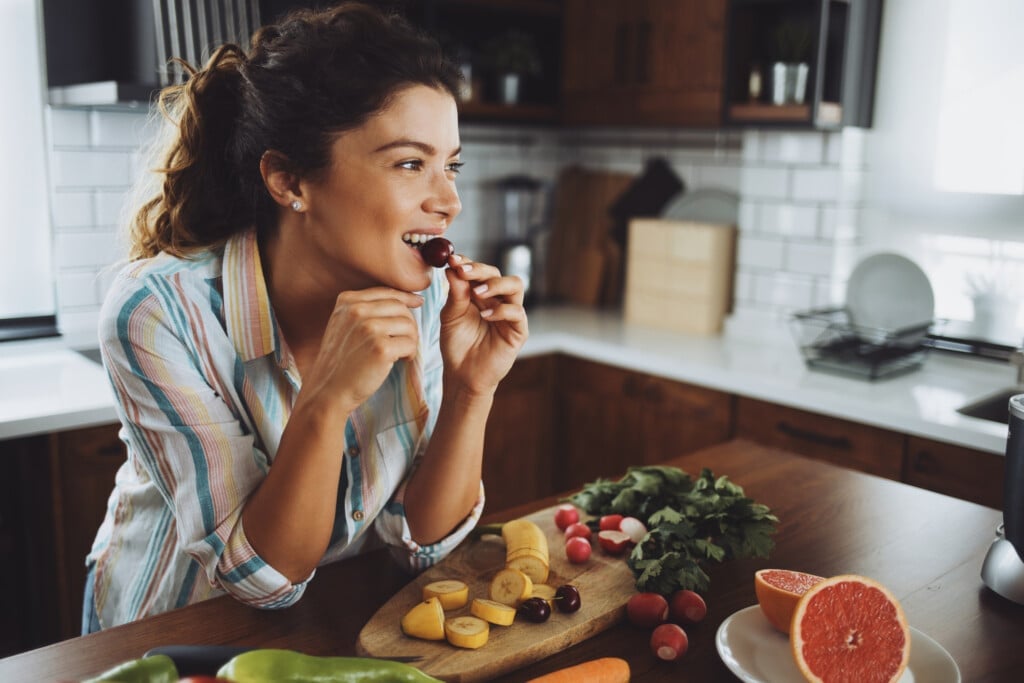Throughout the nine months of pregnancy, there are periods when particular organs or tissues develop called “critical windows.” The first trimester of pregnancy is loaded with these critical windows of development. Proper nutrition is essential during these periods as the risk of damage to these organs or tissues increases. But for most of us, the last thing we want to think about during the first trimester is what foods to eat, thanks to one of the less pleasant aspects of pregnancy: morning sickness.
Morning Sickness and How to Relieve It With (of all things) Food!
Whoever coined the term “morning sickness” was clearly never pregnant. Unfortunately, you can have it morning, noon, and/or night! Morning sickness is the feeling of nausea, with or without vomiting, that many women may experience while pregnant. The specific causes of morning sickness are debated and not fully understood, although hormones, psychological factors, and slowed digestion may play a role.
The majority of women experience some morning sickness during early pregnancy. A recent study found that almost 70% of American women suffer from some form of it. Often starting between weeks 4 to 6 and peaking between weeks 8-12 of gestation, nausea and vomiting may be quite problematic for some women.1
A minority (about 1.2%) may experience a severe form of morning sickness, called hyperemesis gravidarum, when vomiting occurs every day and can lead to a greater than 5% loss of pre-pregnancy body weight.2 This more severe form of morning sickness may cause you to become nutrient deficient and dehydrated and prevent you from gaining enough weight (not to mention make you feel awful). In turn, this may lead to potential harm to your baby, such as low birth weight or preterm delivery. Fortunately, there is a light at the end of the tunnel. In most cases, symptoms of morning sickness tend to improve by week 16.
If you are experiencing morning sickness, you know how difficult it can be to constantly feel like you’re about to throw up and not be able to function like you used to just a few weeks ago. But most importantly, you might be concerned about your baby. Are they getting enough nutrients if I’m constantly nauseous, vomiting, and having trouble eating? How can I relieve my nausea and hold food down? Fortunately, you can try a few natural morning sickness remedies to improve how you feel.
Change Up Your Eating Pattern
Try to eat several small meals (aim for about six per day) slowly instead of larger meals. A full stomach can trigger nausea and vomiting. Similarly, an empty stomach can make you feel sick. So try not to go too long between meals. It might even be helpful to keep a snack handy. Speaking of which, having a snack, such as a banana or crackers, even before getting out of bed may also help.
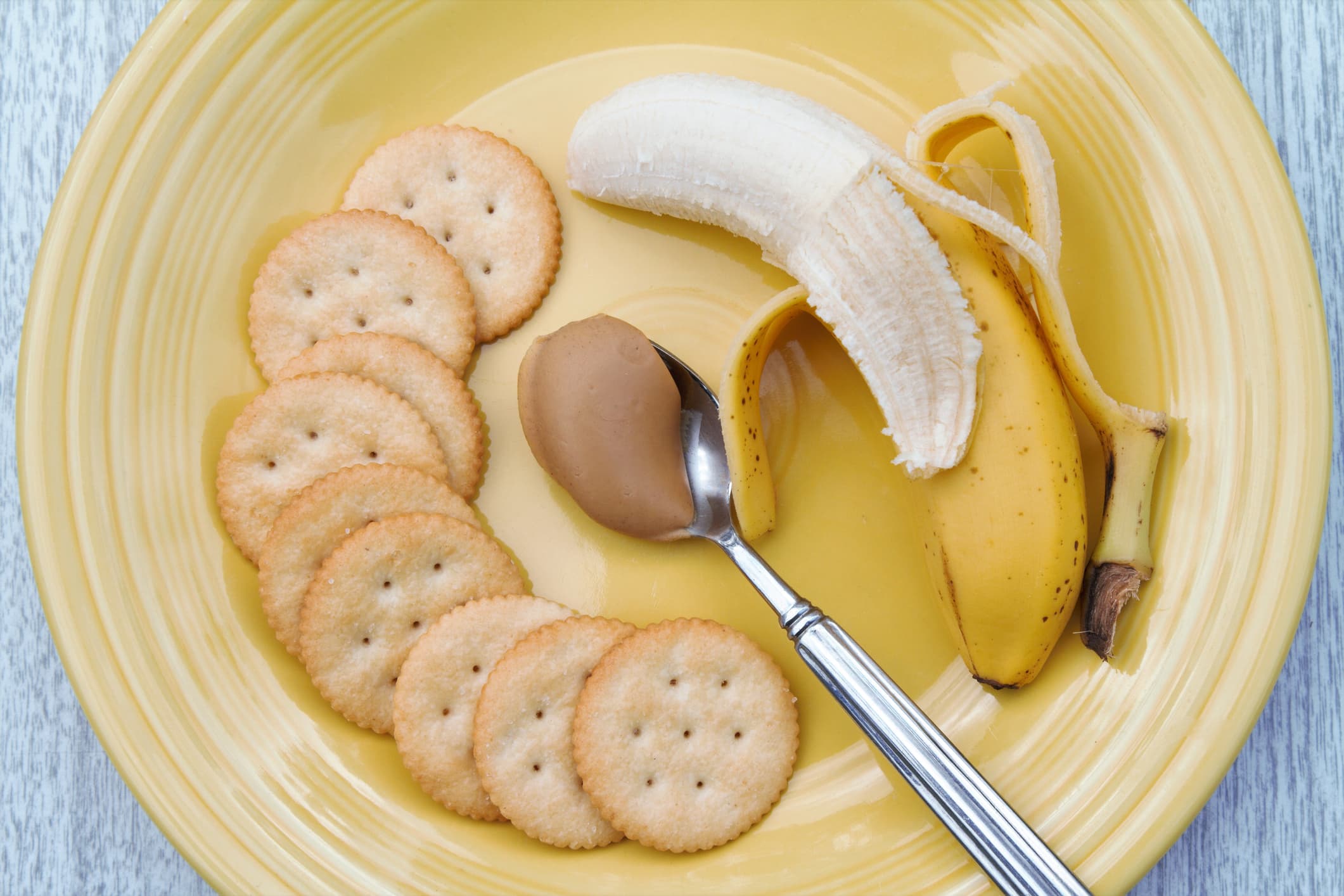
Become a Food Detective
Try to figure out which foods you can tolerate without getting nauseous. If you find that hot foods trigger nausea, eat cold foods instead. Their smell is not as intense and may be easier to handle. Avoid greasy or fried foods. They can both trigger nausea from the smell and cause it after eating since fats are difficult to digest. Try to go for low-fat, protein-rich foods, such as:
- eggs
- lean meat
- boiled beans
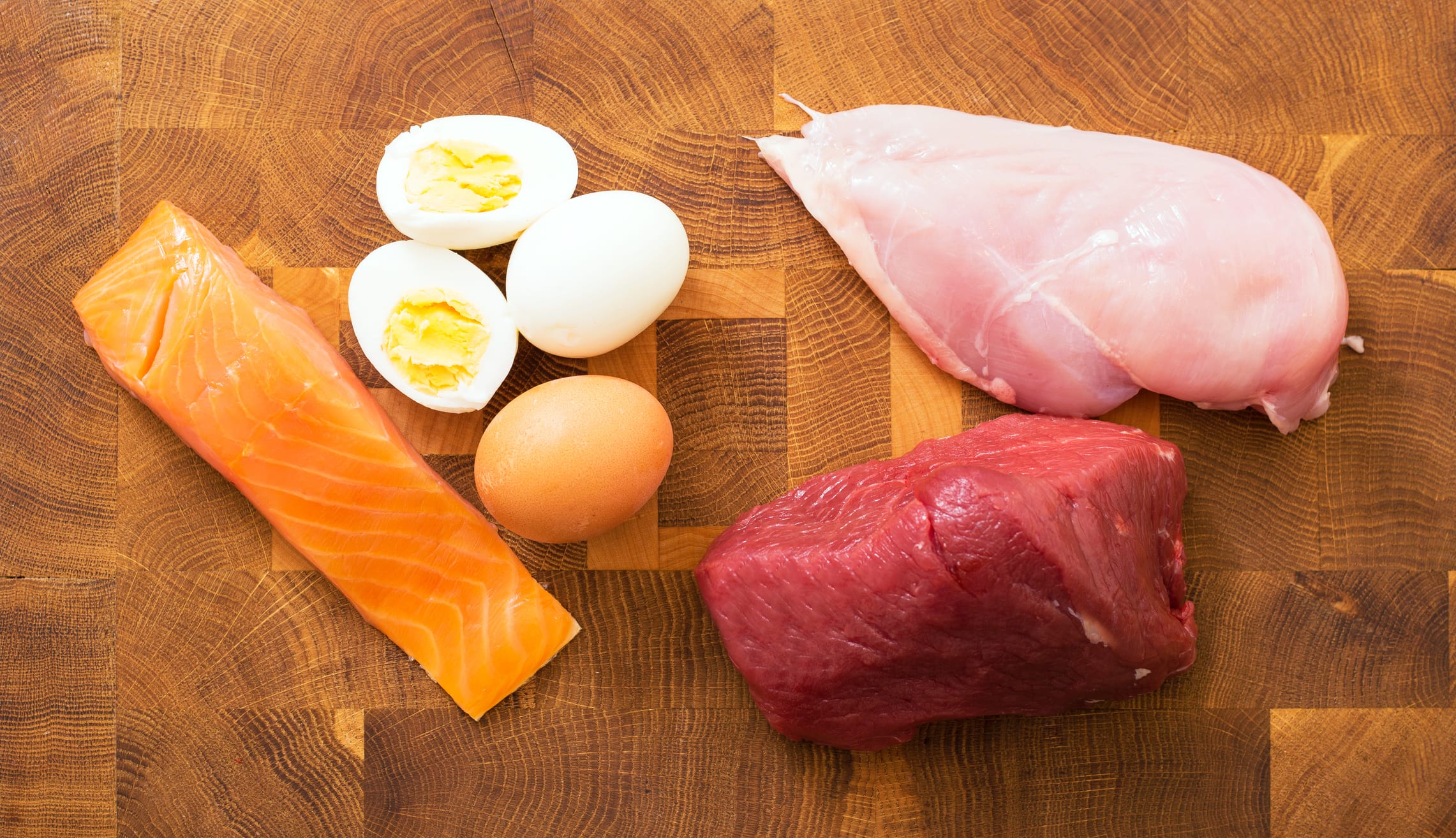
And try to take in more liquids than solids.
Additionally, try salty liquids, such as sports drinks with electrolytes, in small volumes (preferably half an hour before or half an hour after you eat so that you avoid having a full stomach).
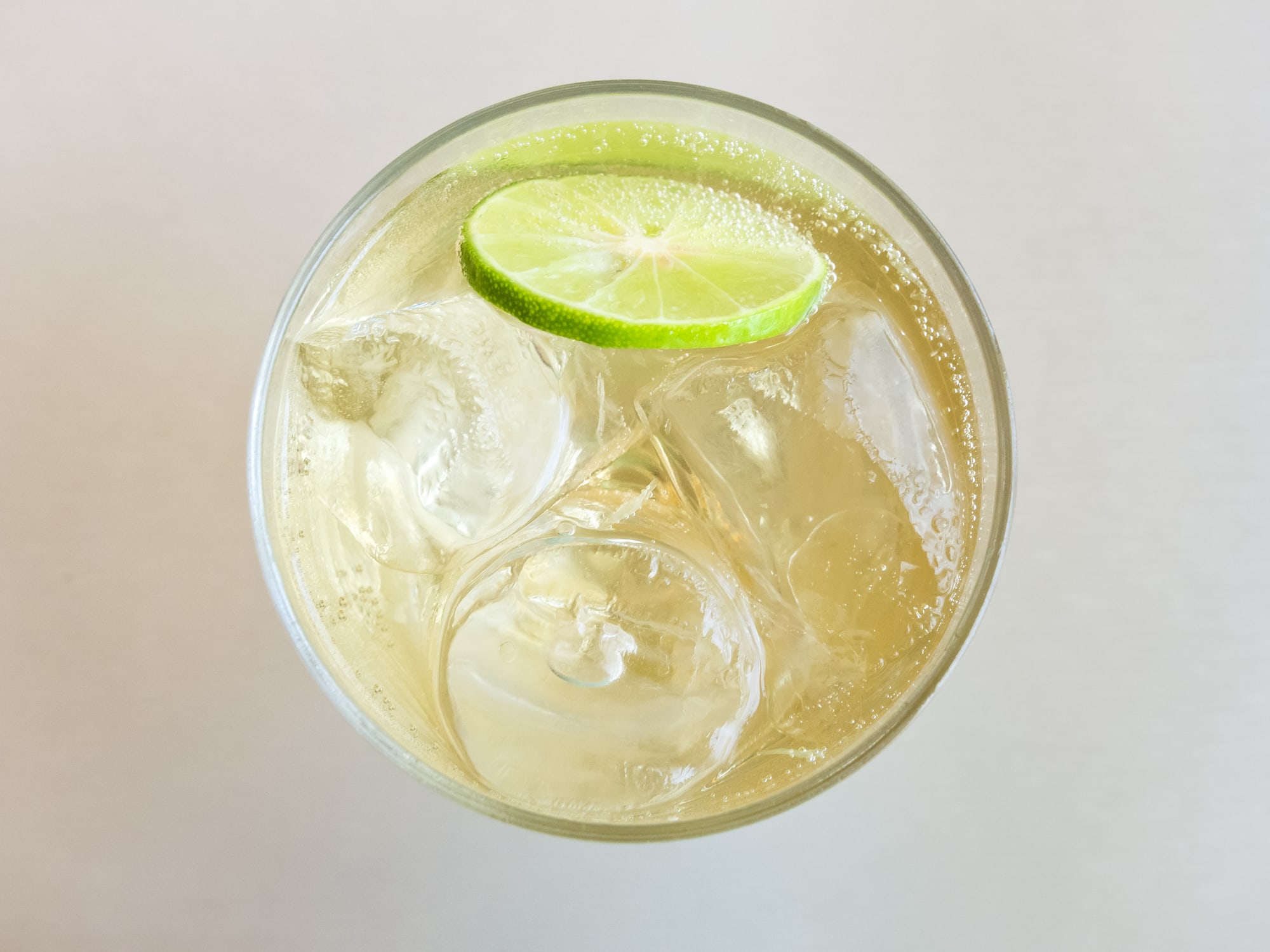
Choosing cold, carbonated, and slightly sour liquids may also help. So if you start feeling nauseous, try sipping on a cool, carbonated beverage, such as Ginger Ale or lemonade (it may be helpful to always keep a few cans in the fridge). Eliminating coffee, spicy and smelly, high-fat, very sweet or sour foods, and choosing more bland, low-fat, salty, or dry foods, such as crackers, pretzels, or toast, may also help alleviate symptoms of morning sickness.
The Power of Plain Foods
Morning sickness can be very detrimental to our everyday lives. To relieve nausea, it is important to find foods to eat that are plain and easily digestible. If it is hard for you to digest, it will only induce further nausea. Foods that are easily digested are crackers, toast, bananas, etc. Many of these foods can be eaten as quick snacks or used as alternatives to a meal that may be harder to digest during morning sickness. Eat the same foods during morning sickness that you would choose to eat if you were sick with a cold. Simple types of broth can also be a great option when your stomach is rejecting other foods.
Be Sure You are Getting Enough Vitamin B6
In addition to the many benefits of vitamin B6, this vitamin has also been shown to be effective in alleviating nausea associated with morning sickness. It may even be as effective in treating nausea as ginger.3
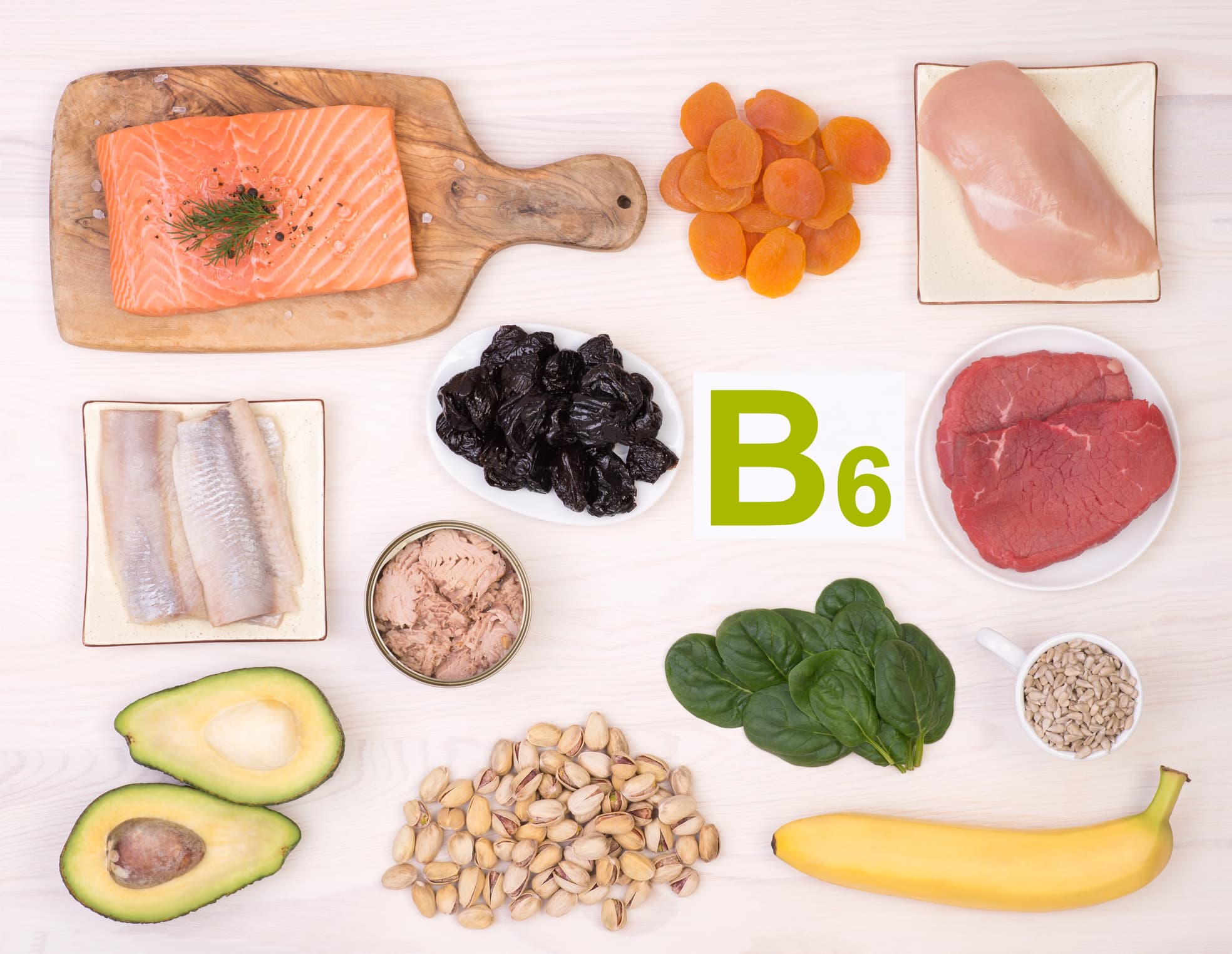
Ensure you get enough of the vitamin in your diet (1.9 milligrams per day). If you’re concerned that you’re not getting the required amount or want to try it as a nausea-alleviating agent, talk to your doctor about adding a vitamin B6 supplement. If you’re taking a prenatal vitamin, check the package for the vitamins included first, as B6 might already be included!
Final Thoughts on Morning Sickness
If you are experiencing morning sickness – whether mild, moderate, or severe – talk to your doctor and start by trying the natural interventions described here as your first line of defense. If these approaches don’t help, or if you have a severe form of morning sickness, your doctor may consider prescribing you medication. There are safe medications for use in pregnancy that have proven effective in alleviating both nausea and vomiting.
Remember, like most things in life, especially in parenthood, morning sickness is a phase that will pass in time. Try your best to take care of yourself. Remember that getting off to a great start in the morning with the right food can set the tone for the entire day. Try this yummy, morning-sickness-friendly recipe, adapted from my new cookbook, to get your day going!
Banana-Bran Pancakes
Pancakes are great for any meal, and the leftovers make for a nutritious snack. Instead of mashed bananas, these pancakes have banana bits, adding texture and taste. Sifting might seem like a chore, but it will help ensure the pancakes are fluffy. This recipe makes about ten pancakes.
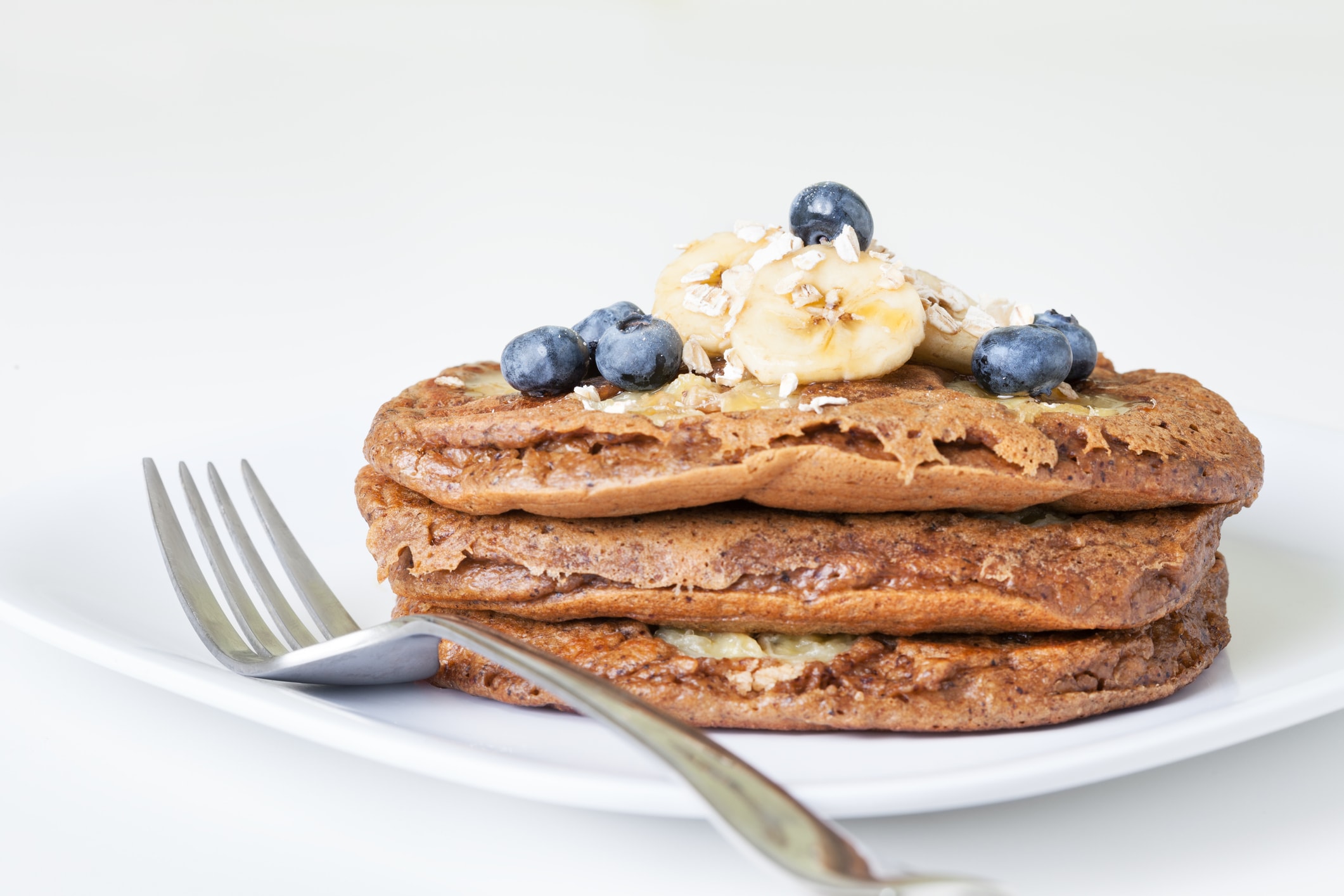

Banana-Bran Pancakes
Description
Pancakes are great for any meal, and the leftovers make for a nutritious snack. Instead of mashed bananas, these pancakes have banana bits, adding texture and taste. Sifting might seem like a chore, but it will help ensure the pancakes are fluffy. This recipe makes about ten pancakes.
Ingredients
- 1 1/2 cups milk
- 1 cup oats
- 3/4 cup sifted all-purpose flour
- 1/4 cup wheat bran
- 1 tablespoon baking powder
- 1 teaspoon salt
- 2 eggs, beaten
- 1/4 cup melted butter or margarine
- 1 medium banana, cut into bite-size pieces
Instructions
In a mixing bowl, pour the milk over the oats and let them stand for 5 minutes. Add the flour, wheat bran, baking powder, and salt. Mix in the eggs and butter, stirring with a spoon until combined. Ladle in batches onto a greased or nonstick griddle or frying pan over medium heat. Add banana pieces on top of the pancake, and cook until the tops are bubbly and the edges look cooked. Turn over and finish cooking the other side.













